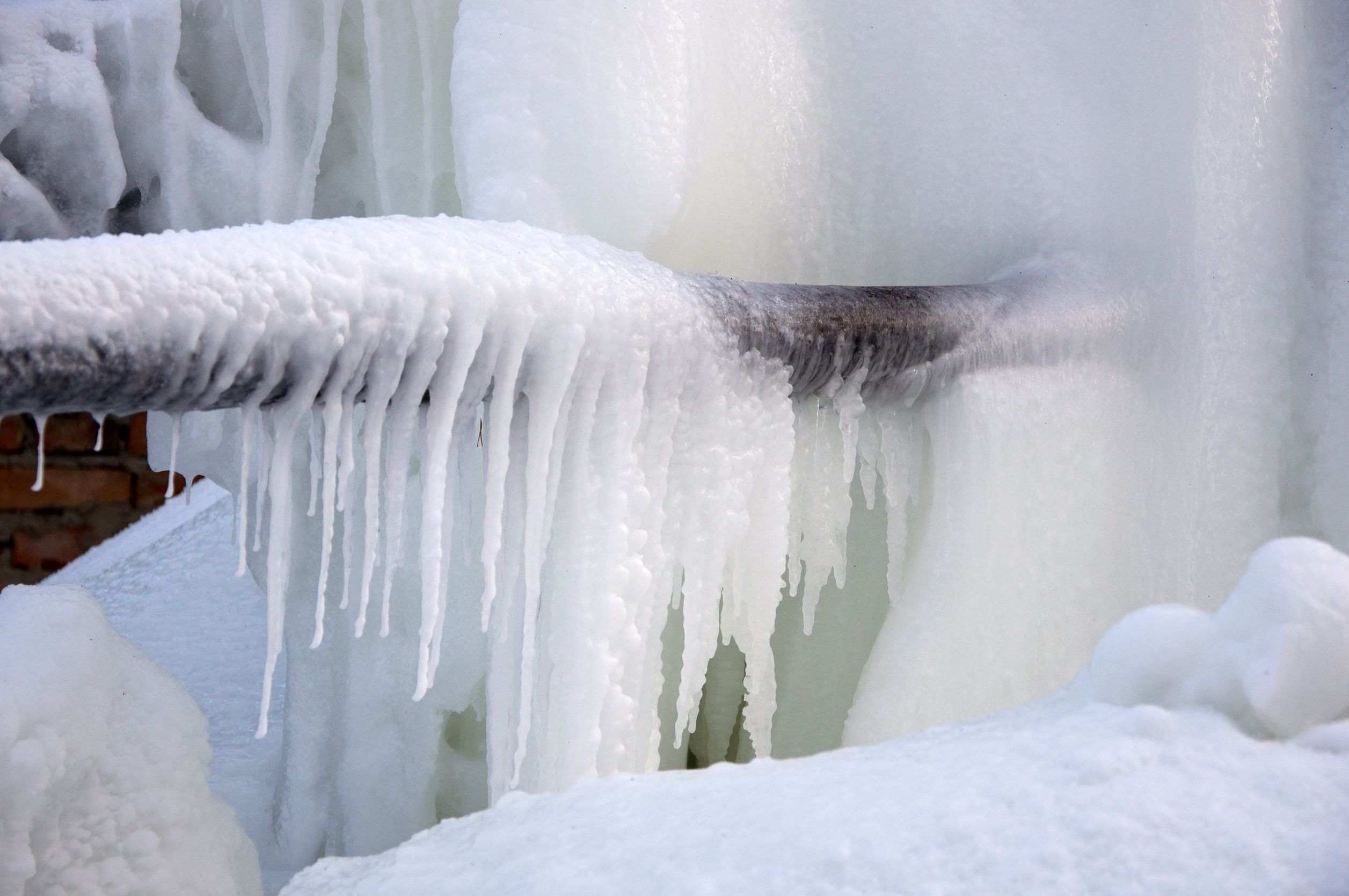Tips for Avoiding Frozen Plumbing in Winter: Expert Insights
Tips for Avoiding Frozen Plumbing in Winter: Expert Insights
Blog Article
This great article following next in relation to Winter Plumbing Precautions: Preventing Frozen Pipes is relatively remarkable. Read it for yourself and figure out what you think about it.

Winter can damage your plumbing, particularly by freezing pipelines. Right here's how to stop it from taking place and what to do if it does.
Introduction
As temperatures drop, the threat of frozen pipes increases, potentially leading to pricey repair services and water damages. Recognizing exactly how to avoid icy pipes is crucial for home owners in cold environments.
Prevention Tips
Shielding prone pipes
Cover pipes in insulation sleeves or utilize heat tape to protect them from freezing temperature levels. Focus on pipelines in unheated or external areas of the home.
Heating strategies
Keep interior rooms sufficiently warmed, particularly locations with plumbing. Open cupboard doors to permit cozy air to circulate around pipes under sinks.
How to determine icy pipelines
Seek lowered water flow from taps, uncommon smells or sounds from pipelines, and noticeable frost on subjected pipes.
Long-Term Solutions
Structural modifications
Think about rerouting pipes away from exterior wall surfaces or unheated areas. Add added insulation to attics, basements, and crawl spaces.
Upgrading insulation
Buy top notch insulation for pipes, attic rooms, and wall surfaces. Proper insulation helps keep consistent temperature levels and decreases the threat of frozen pipelines.
Securing Outdoor Pipes
Garden hoses and outdoor faucets
Separate and drain pipes garden hose pipes before wintertime. Mount frost-proof spigots or cover exterior faucets with insulated caps.
Understanding Icy Pipelines
What triggers pipes to freeze?
Pipes ice up when revealed to temperatures listed below 32 ° F (0 ° C) for expanded durations. As water inside the pipes ices up, it broadens, putting pressure on the pipe wall surfaces and potentially creating them to rupture.
Risks and damages
Frozen pipelines can result in water supply interruptions, residential property damage, and expensive repair services. Ruptured pipelines can flood homes and cause extensive structural damages.
Indications of Frozen Water Lines
Identifying frozen pipes early can avoid them from rupturing.
What to Do If Your Pipes Freeze
Immediate activities to take
If you believe icy pipes, maintain taps available to relieve stress as the ice melts. Make use of a hairdryer or towels soaked in hot water to thaw pipes gradually.
Verdict
Avoiding frozen pipelines requires proactive measures and quick reactions. By understanding the reasons, signs, and preventive measures, property owners can shield their plumbing during winter.
5 Ways to Prevent Frozen Pipes
Drain Outdoor Faucets and Disconnect Hoses
First, close the shut-off valve that controls the flow of water in the pipe to your outdoor faucet. Then, head outside to disconnect and drain your hose and open the outdoor faucet to allow the water to completely drain out of the line. Turn off the faucet when done. Finally, head back to the shut-off valve and drain the remaining water inside the pipe into a bucket or container. Additionally, if you have a home irrigation system, you should consider hiring an expert to clear the system of water each year.
Insulate Pipes
One of the best and most cost-effective methods for preventing frozen water pipes is to wrap your pipes with insulation. This is especially important for areas in your home that aren’t exposed to heat, such as an attic. We suggest using foam sleeves, which can typically be found at your local hardware store.
Keep Heat Running at 65
Your pipes are located inside your walls, and the temperature there is much colder than the rest of the house. To prevent your pipes from freezing, The Insurance Information Institute suggests that you keep your home heated to at least 65 degrees, even when traveling. You may want to invest in smart devices that can keep an eye on the temperature in your home while you’re away.
Leave Water Dripping
Moving water — even a small trickle — can prevent ice from forming inside your pipes. When freezing temps are imminent, start a drip of water from all faucets that serve exposed pipes. Leaving a few faucets running will also help relieve pressure inside the pipes and help prevent a rupture if the water inside freezes.
Open Cupboard Doors
Warm your kitchen and bathroom pipes by opening cupboards and vanities. You should also leave your interior doors ajar to help warm air circulate evenly throughout your home.

As a serious person who reads about Winter Plumbing Precautions: Preventing Frozen Pipes, I thought sharing that excerpt was a great idea. Sharing is good. Helping others is fun. I appreciate reading our article about 6 Ways to Prevent Frozen Pipes.
Call Today Report this page